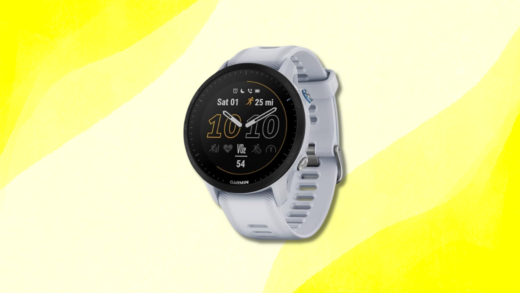Sci-fi is a vast genre, with stories ranging from fast-paced comedy to high-tech sagas with detailed worldbuilding. While there are many recurring sci-fi tropes, like intergalactic war, robot uprisings, or alien species vastly different from humanity, sci-fi writers have interpreted these genre staples in multiple different ways, giving us different and fascinating takes on familiar concepts.
Living spaceships are one of these recurring sci-fi concepts, changing depending on the author and the fictional world they have created; some are benign, forming loving bonds with their crews, while others are cold and calculating, cheerfully letting their inhabitants die in service of the mission. Some living spaceships are biological, either alien species, human-machine hybrids, or, in some cases, plants. Others are powered by hyper-intelligent AIs, exploring the philosophical questions about life and personhood through the medium of an artificially living ship.
Some sci-fi stories have living spaceships in the background, as part of their worldbuilding, while others centre around the unique relationship between the ship and their pilot or crew. Whether you prefer epic or short sci-fi, far-reaching stories of intergalactic politics or close-focus space thrillers, these examples of science fiction with living spaceships will give readers plenty of new worlds to explore.
Bioships
Saga: Volume 1 by Brian K. Vaughan and Fiona Staples
This Star Wars–inspired space opera follows the adventures of a family against a backdrop of a long-running war between the inhabitants of a planet, Landfall, and its orbiting moon, Wreath. Alana and Marko, formerly soldiers on opposite sides of the war, fall in love and have a child, Hazel, which leads to them being pursued by figures on both sides of the conflict. The small family goes on the run in a living wooden spaceship, grown in the Rocketship Forest, which is sentient and plans its own flightpath, only taking suggestions, not orders, from its passengers.
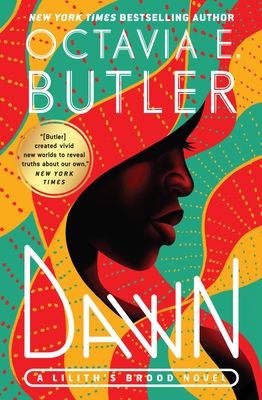
Dawn by Octavia E. Butler
First in the Xenogenesis series, Dawn is a story set over two centuries after Earth has been all but destroyed by nuclear war. Lilith, one of the last surviving humans, wakes on a living spaceship belonging to an alien species known as the Oankali, who have a proposal for humanity; they will return them to earth, and help them rebuild the planet, if Lilith and the other remaining humans agree to let their species combine to create a new form of life.
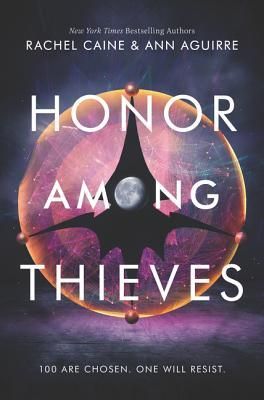
Honor Among Thieves by Rachel Caine and Ann Aguirre
The first in the YA series The Honors, Honor Among Thieves is set in a future where human criminals – including the heroine Zara – are recruited into a force known as the Honors. The Honors are selected by the Leviathan, a race of sentient alien spaceships, who want human guides to help them explore new areas of space. Zara and Nadim, the spaceship she’s assigned to, form a bond that gives Zara stability she has never known before, but the distant reaches of space are dangerous, and their new-found friendship may not be enough to keep them alive.

The Ship Who Sang by Anne McCaffrey
A classic sci-fi novel by the author of the famous Dragonriders of Pern series, The Ship Who Sang is based around the concept of combining humans and technology to create sentient spaceships. ‘Brainships’, spaceships powered by a human brain, are paired with a pilot known as a ‘brawn’, and must carry out service for the Central Worlds. Written in 1969, the book has been criticised for its portrayal of disability. The ‘brainships’ are children with physical disabilities, who must work for the Central Worlds to pay off the medical debts, and who have been coerced into giving up their bodies rather than society changing to accommodate disabled people; rather than examining this, the novel assumes that disabled people would prefer to become brainships than existing in their own bodies.
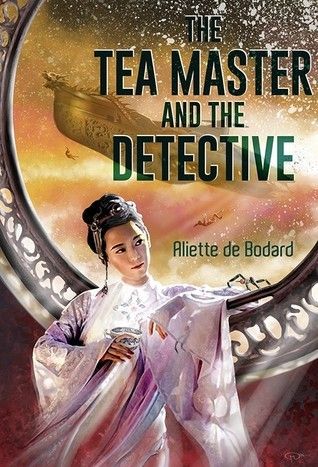
The Tea Master and the Detective by Aliette de Bodard
Nominated for both the Hugo and Nebula awards, The Tea Master and the Detective is set in a world of humans and mindships, and follows one of the ships, The Shadow’s Child, as she is hired to retrieve a body and investigate a murder. With Sherlockian vibes and fascinating worldbuilding, this novel digs into trauma, addiction, and the bond between humans and mindships.
AI Ships
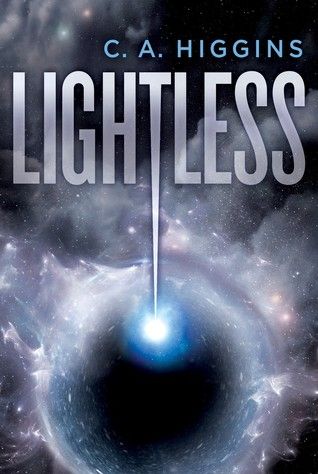
Lightless by C. A. Higgins
Lightless follows the adventures of computer scientist Althea, who is serving on the experimental military spaceship Ananke. Althea has bonded closely with the high-level AI that runs the ship, and when the Ananke is threatened by two saboteurs, Althea must fight to defend not only her own life, but the existence of her spaceship.
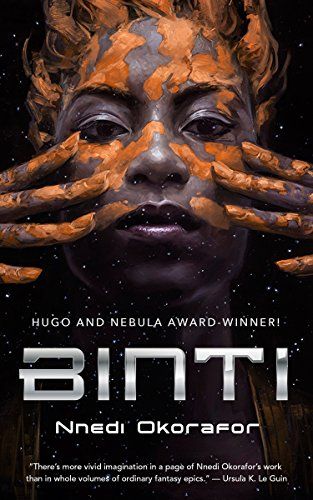
Binti by Nnedi Okorafor
This Hugo- and Nebula-winning sci-fi horror novella is set against a backdrop of intergalactic war. Binti, a new recruit to Oozma Uni, finds herself trapped in space when her transport ship (also a bioship, although this is more of a background highlight than closely related to the plot) is hijacked by an alien species, the Meduse. Using an ancient AI, the edan, Binti learns to communicate with the Meduse, and tries to work to build a truce and prevent a new war.
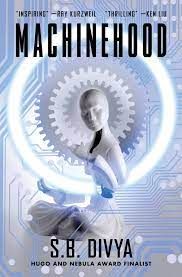
Machinehood by S.B. Divya
Workers’ rights, artificial intelligence, and the nature of sentience are some of the themes explored in Machinehood, a sci-fi thriller set in a dystopia based on the gig economy. Sentient spaceships are just some of the AIs that are competing with humans for jobs in a nightmarish capitalist world, which is disrupted further by a group known as the Machinehood, who want to stop production of the pills that are the only means by which humans can work at the same rate as AIs.
If these suggestions for science fiction with living spaceships have whetted your appetite for all things sci-fi, build up your TBR with our list of The Most Influential Sci-Fi Books of All Time. For upbeat sci-fi stories, check out 20 Must-Read Feel-Good Science Fiction Books.

